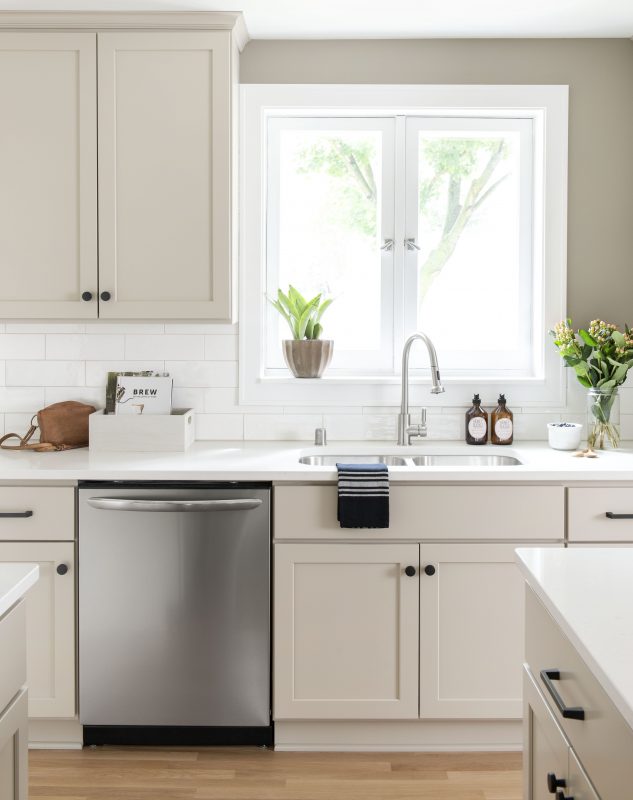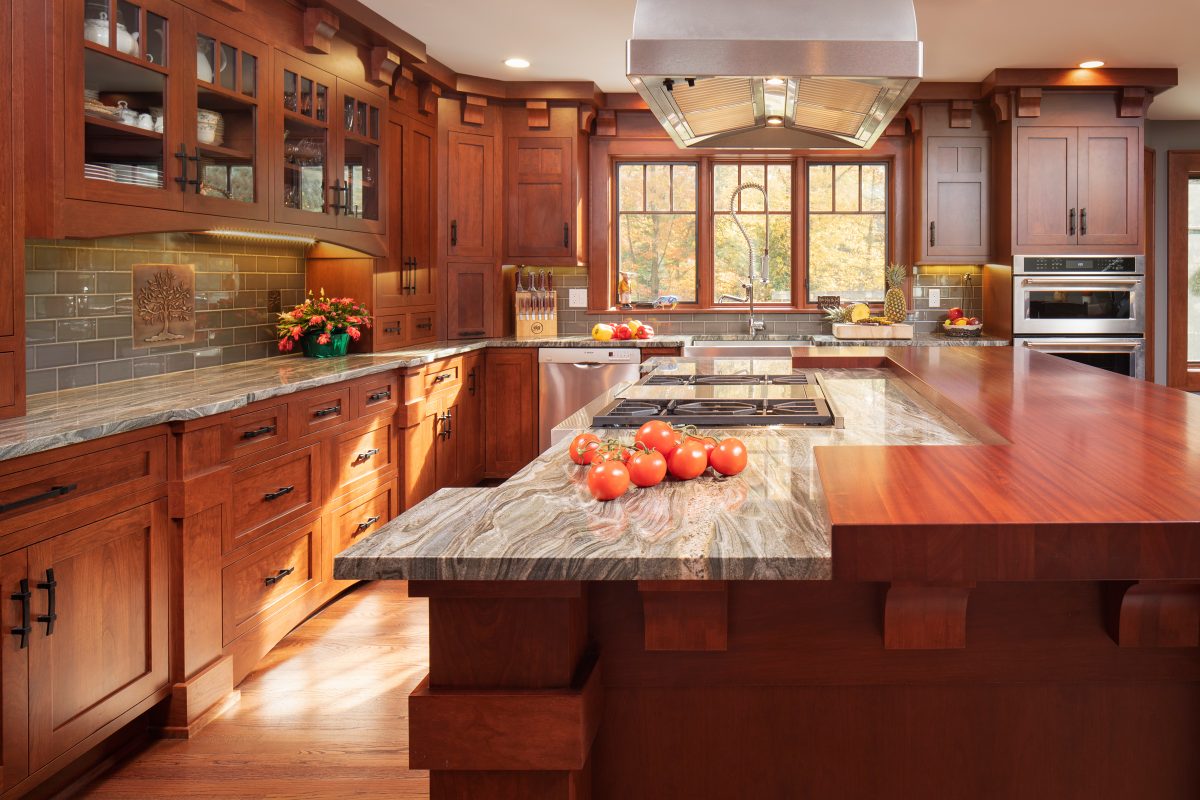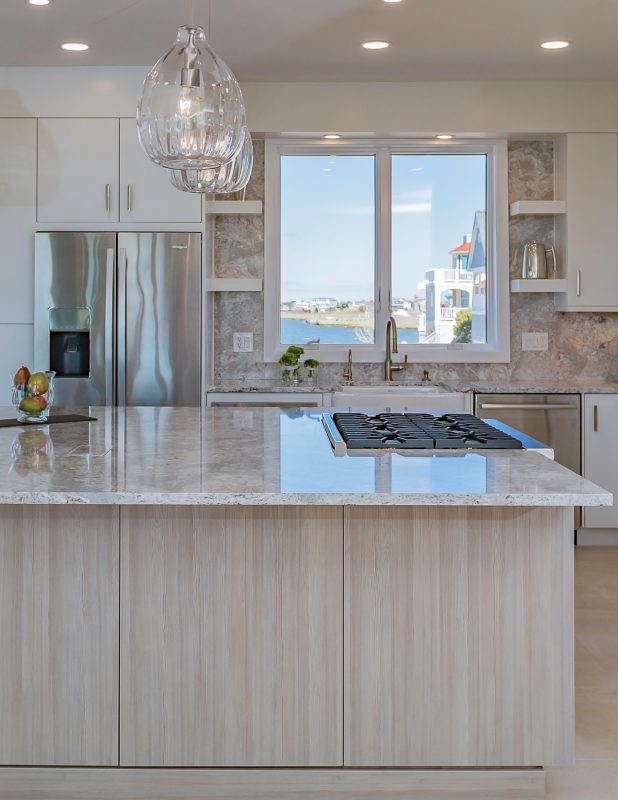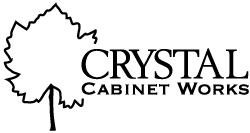Cabinet Cleaning

Painted Cabinets
- Wipe spills immediately with a clean, soft cloth dampened with warm water. After that, immediately dry using a second clean, soft cloth.
- Regular cleaning only requires wiping with a microfiber cloth dampened with warm water. After that, immediately dry using a second clean, soft cloth.
- To remove oil, grease, food residue or tougher spills, use a clean, soft cloth dampened with a solution of mild dishwashing liquid and warm water. We recommend mixing four to five drops of Dawn® soap to one gallon of water. After that, immediately dry using a second clean, soft cloth.

Stained Cabinets
- Wipe spills immediately with a clean, soft cloth dampened with warm water. After that, immediately dry using a second clean, soft cloth.
- Regular cleaning only requires wiping with a microfiber cloth dampened with warm water. After that, immediately dry using a second clean, soft cloth.
- To remove oil, grease, food residue or tougher spills, use a clean, soft cloth dampened with a solution of mild dishwashing liquid and warm water. We recommend mixing four to five drops of Dawn® soap to one gallon of water. After that, immediately dry using a second clean, soft cloth.
- Be sure to wipe with the grain direction.

Laminate, Melamine & Acrylic
- Wipe spills immediately with a clean, soft cloth dampened with warm water. After that, immediately dry using a second clean, soft cloth.
- Regular cleaning only requires wiping with a microfiber cloth dampened with warm water. After that, immediately dry using a second clean, soft cloth.
- To remove oil, grease, food residue or tougher spills, use a clean, soft cloth dampened with a solution of mild dishwashing liquid and warm water. We recommend mixing four to five drops of Dawn® soap to one gallon of water. After that, immediately dry using a second clean, soft cloth.
- If there is a pattern or graining, be sure to wipe with the grain direction.
IMPORTANT: Prolonged exposure to spills, food and/or liquids may discolor or damage cabinet finishes.
